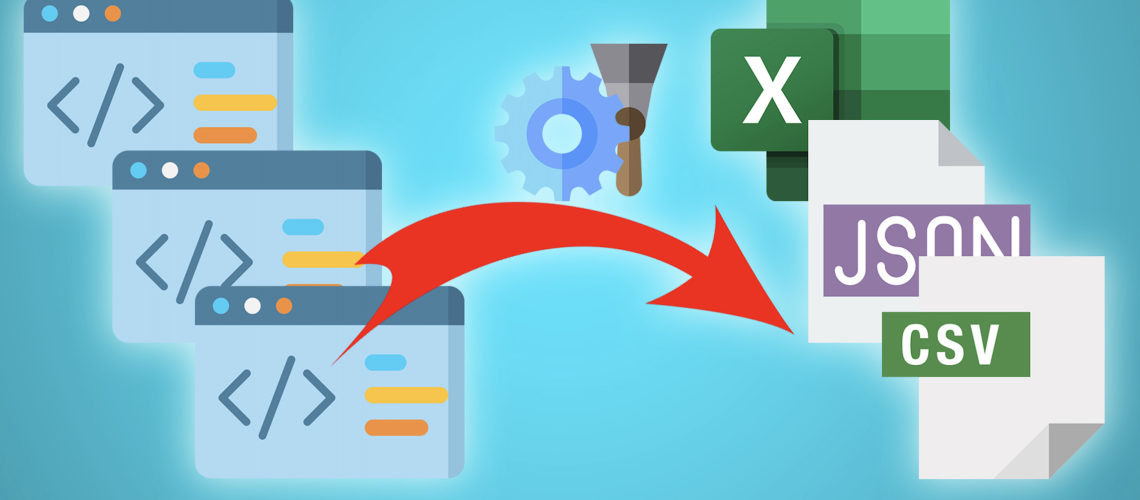Data scraping, also referred to as web scraping or data extraction, refers to the automated process of extracting data from websites or online sources. By exploiting software tools and scripts, data scraping enables access to web pages, retrieval of required information, and saving it in a structured format for further analysis.
The purpose of data scraping is to efficiently gather data from diverse websites or online platforms. It eliminates the manual task of copying and pasting information, allowing for the rapid collection of large data volumes. Data scraping finds practical applications in various fields, including market research, competitive intelligence, price comparison, sentiment analysis, content aggregation, lead generation, and academic research.
The legality of data scraping is a complex issue that depends on various factors such as jurisdiction, purpose, and the type of data being scraped. While scraping itself is not illegal, scraping activities can be considered illegal if they violate privacy laws, copyright protection, or website terms of service. It is essential to consult legal professionals for guidance before engaging in data scraping to ensure compliance with the law.
Data Scrapping in Social Media :
Data scraping in social media involves extracting information from various platforms like Facebook, Twitter, Instagram, LinkedIn, etc. It is done within the terms of service and allows access to public profiles, posts, comments, followers, and other available data. Scraped social media data can be used in the following ways.
- Extracting meaningful insights, trends, sentiments, or patterns for market research, sentiment analysis, or user behaviour analysis
- Utilising scraped data for targeted marketing campaigns based on user preferences, interests, demographics, and engagement patterns
- Reputation Management: Monitoring and managing a brand’s online reputation by analysing public mentions, comments, and reviews to address customer sentiment and improve the brand’s image
- Identifying and evaluating influencers for potential collaborations by analysing follower counts, engagement metrics, content themes, and audience demographics
- Building user profiles for personalised experiences by collecting and analysing scraped social media data to offer tailored recommendations, content, or services
- Using scraped social media data for academic research, social studies, or scientific analysis to understand social dynamics, cultural trends, or online communities
Data Scrapping Tools:
There are several popular data scraping tools available for extracting data from social media platforms. Here are a few examples, listed below
- Octoparse is a easy web scraping tool that supports extracting data from many social media platforms and it offers a visual interface, data export options, scheduling, and cloud extraction.
- Import.io is a cloud-based data extraction platform that enables scraping data from social media sites. It provides a point-and-click interface for creating scraping agents and offers data export and integration capabilities.
- Webhose.io is a data-as-a-service platform that offers an API for scraping and accessing data from social media platforms. It provides pre-built datasets and customization options for tailored data extraction.
- Scrapy is a Python framework widely used for web scraping, including scraping data from social media platforms. It offers a flexible and robust environment for building web crawlers, supports concurrent requests, and provides features for data extraction.
- Parse Hub is a web scraping tool that allows for the extraction of data from social media platforms through a point-and-click interface. It offers data export in multiple formats and scheduling options for automated scraping.
Safeguard your social media data from data scrapping :
- Review and adjust the privacy settings on your social media accounts and limit the visibility of your posts, personal information, and profile details to ensure they are not easily accessible to scraping tools.
- Use strong and unique passwords for your social media accounts, and enable two-factor authentication for an added layer of security and you must periodically monitor your accounts for any shady activity.
- Be cautious when granting access to third-party applications that request permission to access your social media data. Only authorise reputable and trusted applications.
- Stay informed about the terms of service and privacy policies of the social media platforms you use. They may update their policies, offering new privacy features or data protection options.
- Abstain from sharing sensitive personal information, i.e., your address, phone number, or financial details, in public posts or comments.
- Keep an eye out for suspicious scraping activities or accounts that may be collecting data from your social media profiles. Report any potential data scraping activities to the social media platform for investigation.
- Stay informed about data scraping techniques, trends, and potential risks. By understanding how scraping works, you can take appropriate measures to protect your data.
- Implement captcha challenges or bot detection mechanisms on your website or forms to deter automated scraping attempts.
- Review and manage your connections, friends, followers, and privacy settings regularly. Remove or block suspicious or unwanted accounts that may attempt to scrape your data.
Remember that while these measures can help safeguard your social media data, it is impossible to guarantee complete protection. Be cautious about the information you share and consider the potential risks associated with using social media platforms.



